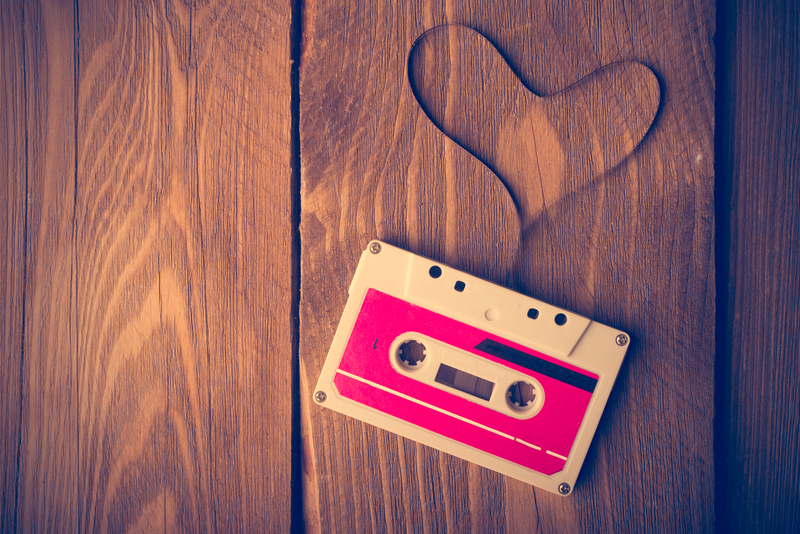Life After a Clear-Out: Essential Clutter Control Strategies
Have you recently completed a major house clear-out? Do you want to maintain your newfound freedom from clutter? Discover comprehensive, expert clutter control strategies to preserve your space and peace of mind.

Why Clutter Creep Happens Post Clear-Out
After a satisfying decluttering sweep, it's surprisingly easy for unwanted items to sneak back in. The "one big clear-out" approach, while transforming at first, can quickly lose its effects without careful, ongoing tactics. Understanding the reasons for post-clear-out clutter is the first step in maintaining a simplified life:
- Inconsistent organizing habits
- Emotional attachment to items
- Impulse purchases and gifts
- Lack of efficient storage systems
- Busy routines causing neglected tidying
To sustain a serene, uncluttered environment, you'll need reliable clutter management strategies and proactive organization solutions integrated into your daily life.
Setting the Foundation: Reset Your Mindset
Decluttering is more than a one-time event. It's an ongoing mindset. Adopt the outlook that less is truly more. Value the breathing room you've won for yourself and guard it fiercely. Consistently visualize your ideal space, reminding yourself why you embarked on this journey:
- Increased productivity and focus in a tidy environment
- Reduced stress associated with mess
- More time, energy, and enjoyment in daily life
Affirm your commitment by writing a clutter-free mission statement. Post this somewhere you'll see it daily--to keep your motivation high.
Essential Clutter Control Strategies for Everyday Life
Discover practical, tried-and-true clutter prevention methods for your home, office, and even your digital life. This how-to guide offers everything you need for long-term clutter management.
1. Establish "Entry Point" Protocols
- Mail and paperwork: Sort immediately at a designated spot. Recycle junk mail, pay bills, and file essentials the day they arrive.
- Shopping bags: Unpack new items quickly. Put away, donate, or return as soon as possible.
- Gifts and freebies: If it's not useful or loved, don't feel obligated to keep it. Pass it on or donate promptly.
"One-in, one-out" is a golden rule of clutter maintenance: for every new item, remove one comparable thing you no longer use.
2. Zoning and Storage Solutions
Designate zones for each category of items. For instance, all cleaning products in the laundry room, all paperwork in the home office. Invest in suitable storage options:
- Clear containers for visibility
- Baskets and bins for quick sorting
- Labels so everything has a "home"
Vertical storage (shelves, wall hooks, over-the-door racks) can maximize your use of space, especially in small homes.
3. Adopt the "Daily Sweep"
Before bed or after work, spend 10-15 minutes tidying key areas:
- Return out-of-place items to their zones
- Clear surfaces such as kitchen counters and coffee tables
- Toss or recycle rubbish right away
Over time, this routine prevents clutter build-up and keeps your home orderly with minimal effort.
4. Regular Reviews: The 3-Month Rule
Set aside time--every season or quarter--for a quick check-in. Examine storage spaces, closets, and drawers:
- Look for items unused in three months
- Ask: "Would I buy this again today?" If not, let it go.
- Gather donations as you go, then drop them off promptly
Consistent reviews mean you'll never face an overwhelming clear-out again.
5. Emotional Attachment: Practice Detachment Techniques
Sentimental items pose the biggest challenge for many. To manage:
- Photograph cherished but unused objects to preserve the memory without taking up space.
- Keep only the most meaningful keepsakes--limit to a small box per person or occasion.
- Let go knowing your memories don't reside in things.
6. Master the Art of Conscious Consumption
Shop intentionally. Before buying, ask yourself:
- Do I really need this?
- Where will it live in my home?
- What will I let go of if I bring this in?
This approach, paired with the one-in, one-out policy, is a powerful antidote to clutter relapse.
Clutter Control for Every Space
Kitchen and Pantry
- Use clear bins and risers so items aren't lost at the back of shelves
- Group similar food types--baking, snacks, canned goods
- Dispose of out-of-date foods monthly
Bedroom
- Under-bed storage for off-season clothing or shoes
- Nightstand drawers with drawer organizers
- Rotate wardrobe with seasonal switch-outs
Living Room
- Baskets for throws, remotes, magazines
- Closed cabinets hide electronics and games
- Regularly reevaluate decor items for excess
Home Office
- File important papers, scan and digitize when possible
- Cull office supplies--donate back-up pens, cables, and unused tech
- Use cord organizers for tech-clutter
Bathrooms
- Shallow drawers, shelf risers, and labeled bins for toiletries
- Dispose of expired medications and products
- Only keep daily-use items on counters
Clutter Maintenance for Digital Spaces
Digital clutter is just as overwhelming as physical mess. Incorporate these ongoing habits:
- Regularly delete old files and emails
- Unsubscribe from unnecessary newsletters
- Organize desktops and folders, keeping only current projects visible
- Back up important data in streamlined, labeled folders
Family-Wide Clutter Prevention Systems
Get Everyone Involved
Clutter busting works best when it's a household habit. Create a shared "tidy-up time" after meals or before TV. Assign age-appropriate tasks and provide simple storage solutions--labeled bins for toys, hooks low enough for kids' coats.
Communicate and Set Expectations
- Hold brief monthly meetings to discuss shared spaces and what's working--or not
- Reward teamwork with simple treats, like a movie night
Handling Sentimental Clutter
What about items with deep emotional meaning? Memory boxes, digital scrapbooking, and curated displays can honor your past while moderating how much you keep. Remember, honoring memories doesn't require closets full of boxes.
Lifestyle Benefits of Ongoing Clutter Control
Living clutter-free post clear-out is about enrichment, not deprivation. Enjoy the:
- Calm that comes from tidy surroundings
- Efficiency of finding what you need quickly
- More time for meaningful activities
- Increased hosting enjoyment thanks to inviting spaces
- Financial clarity--less spent on things you don't need and fewer missed bills
Clutter Control Habits That Last
- Schedule short tidy bursts daily or weekly
- Review belongings seasonally
- Adopt mindful purchasing rules
- Label and assign homes for everything
- Share responsibility among all household members

Overcoming Setbacks
Clutter relapse can happen--even seasoned organizers slip up now and then. Don't be discouraged! Use these tactics to bounce back:
- Declutter small sections ("micro-zones") rather than attempting the whole house at once
- Ask a friend or professional to help regain momentum
- Refocus on your "why"--the goals behind staying organized
Conclusion: Your Life After a Clear-Out
Maintaining a clutter-free environment after a major clear-out is absolutely achievable--with dedication, deliberate habits, and adaptable strategies. Think of it as an investment in your wellness and happiness. By instituting these essential clutter control strategies and staying vigilant, you'll ensure your home remains a sanctuary, not a storage facility.
Remember, the reward for your efforts is more than space--it's a lighter, brighter life.
Ready to Start?
Begin by implementing just one or two of these expert techniques this week. Over time, you'll find yourself living more freely, with less to clean, less to worry about, and more to enjoy. Your life after a clear-out is just beginning--with the right clutter control strategies, you'll love where it leads.
Want more tips on clutter prevention, home organization, or minimalism? Bookmark this guide and share it with those looking to live lighter!